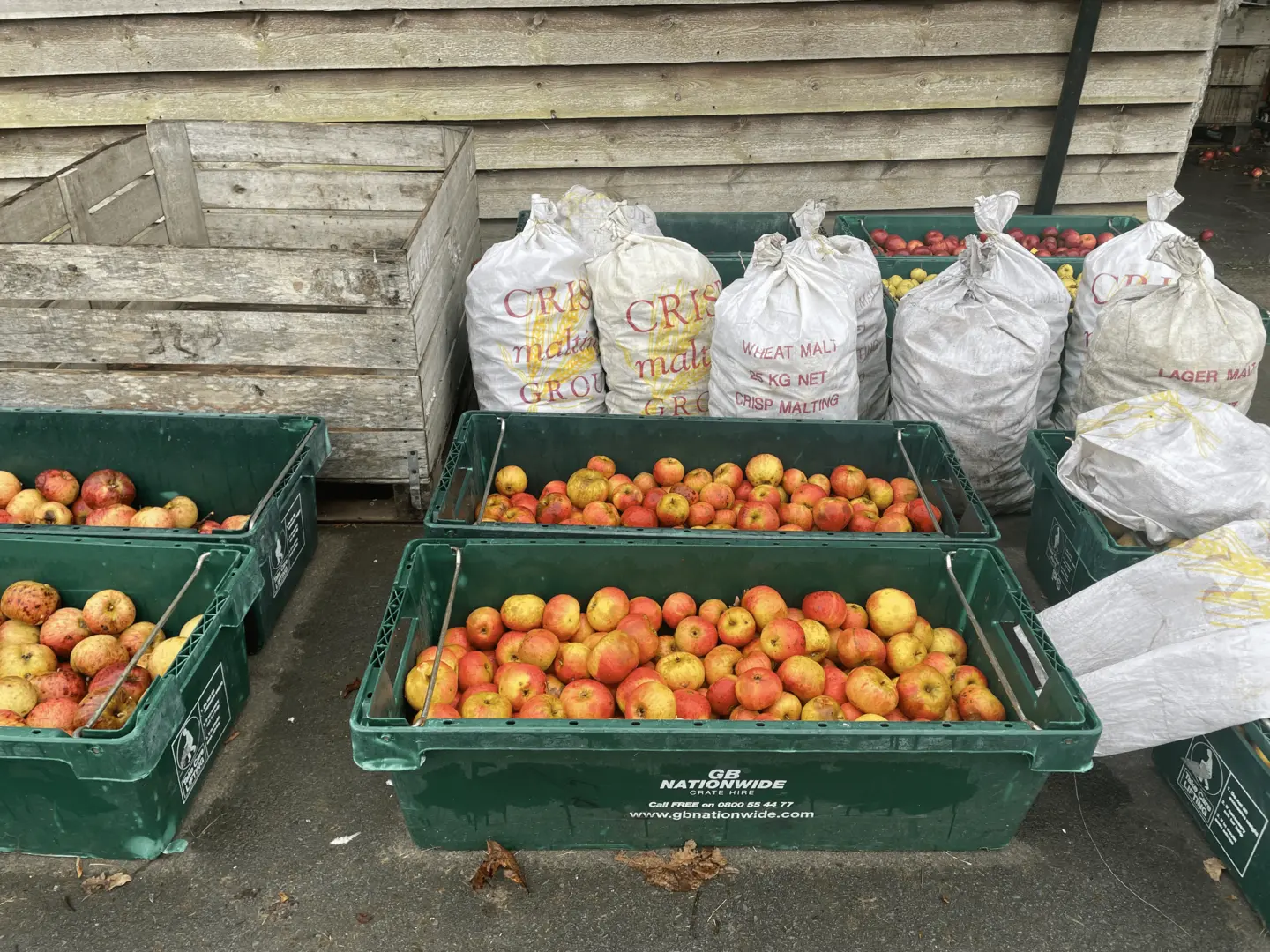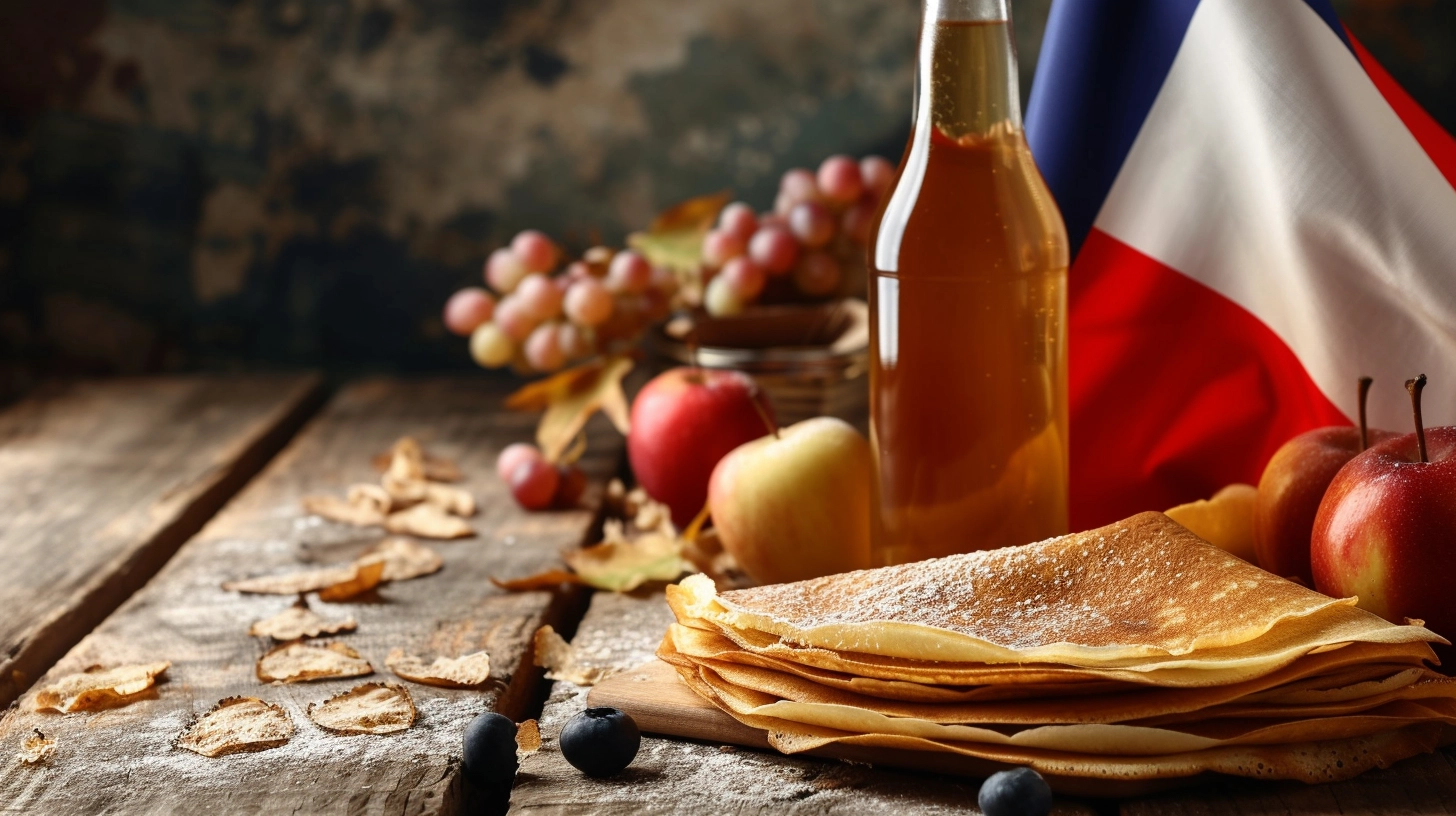Key Takeaway Table
| Key Point | Description |
| Definition | Ice Cider is a sweet, high-alcohol cider. |
| Production Process | Made by cryoextraction or cryoconcentration. |
| Flavour Profile | Rich, sweet, with balanced acidity. |
| Comparison | More concentrated and sweeter than regular cider. |
| Popularity | Popular in Quebec, Canada, and cold regions. |
| Serving Suggestions | Best served chilled, great with desserts. |
How is Ice Cider Made?
Two processes can make it, both concentrating the natural sugars in it.
Cryoextraction
In regions like Quebec and Vermont, where winters are harsh, cryoextraction is a common method. Here’s how it works:
- Natural Freezing: Apples remain on the tree, freezing naturally and concentrating their sugars.
- Harvesting the frozen apples is labour-intensive and relies on perfect weather conditions
- Pressing and Fermentation: Press the apples and freeze the juice further. The cider ferments at low temperatures for about 8 months.
This method is difficult because it needs certain weather and labour, but it makes a cider with great taste.
Cryoconcentration
Cryoconcentration, the more prevalent method, involves a more controlled process:
- Fall Harvest and Freezing: Apples are harvested in fall and pressed. The juice is then frozen outdoors in containers over winter.
- Fermentation: As water freezes, sugars concentrate. The vats ferment this rich juice for around 7 months.
This method offers greater predictability and control, making it the preferred choice for consistent production.
What does it taste like?
It’s sweet with a balanced acidity, often described as having flavours of ripe apples, caramel, and spices. Its flavour is more concentrated and intense compared to traditional cider.
Ice Cider vs. Regular Cider
While both are made from apples, the key difference lies in their production. Regular cider is made from fermented apple juice at normal temperatures, resulting in a lighter, more refreshing drink. In contrast, ice cider, with its unique freezing process, is sweeter, richer, and has a higher alcohol content.
Ice cider Origins
Ice cider, created in 1989 by Canadian winemaker Christian Barthomeuf, is now famous worldwide for its excellent flavour and quality. The ice wine of Germany, which is the wine equivalent, inspired it. A testament to the innovative spirit of cider makers and apple growers in the region.
Regional Variations
Quebec created ice cider, but now other cold regions with apple farms also make it.
- Sweden and Finland have their own versions, using local varieties and adapting methods to their climate conditions.
- In the US, states like Vermont and New York, known for cold weather, have adopted traditional production methods. They often experiment with different apple types and fermentation techniques, adding a unique twist to the traditional recipe.
- Most other parts of Europe with their rich history of making cider, also have cider producers making it. They use a combination of traditional and modern methods with producers in the UK and beyond.
Food Pairings with Ice Cider
A bottle of ice cider enahances the flavours of both the cider and the dish. It pairs well with food. This is because of its rich sweetness and balanced acidity.
Why it Complements Desserts
- Apple Pie: The natural apple flavours in ice cider complement the fruity, spiced notes of an apple pie.
- Ice cider balances the rich taste of chocolate desserts by adding sweetness and acidity for a balanced flavour.
Ideal Cheese Pairings
- Blue Cheese: The intense flavours of blue cheese are perfectly balanced by the sweet and fruity notes of ice cider.
- Aged cheddar is less sharp when combined with sweet ice cider, creating a nice mix of flavours.
- Brie and Camembert pair well with ice cider. It enhances their creamy textures and pairs nicely with their fruit and pacific flavours.





